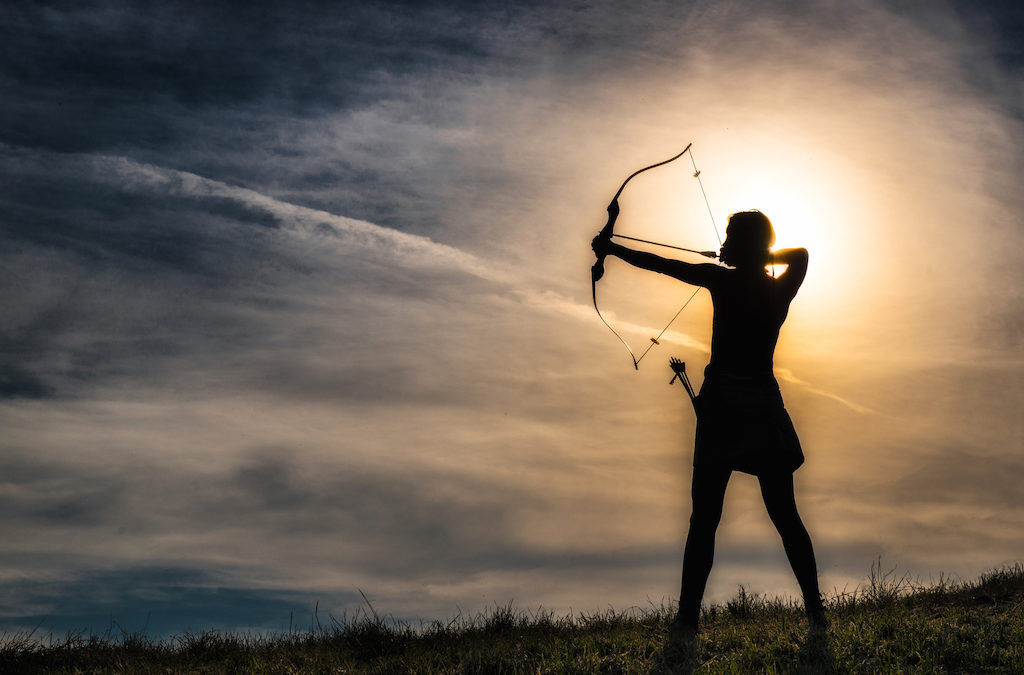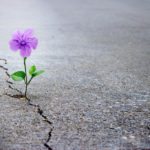
by Michael Neill | Oct 28, 2019
One of the questions I am eternally engaged with in my work is the search for “the special sauce” – the difference that makes the difference between the good and the great and between the one-hit wonder and the person or company who achieves long-term sustainable success. There are any number of books on the market that attempt to reverse-engineer the answer to this question by studying what high-achieving individuals and companies do differently and offering up a behavioral menu of options, ranging from Steven R. Covey’s The 7 Habits of Highly Effective People to the five keys to corporate turnaround outlined in Jim Collins business classic Good to Great.

by Michael Neill | Oct 14, 2019
A few weeks back I attended a wonderful weekend program with three of my favorite mentors in the inside-out understanding. George Pransky, who I have written about often in these missives, was sharing how a recent health challenge had, “through no fault of his own”, caused him to experience a depth and scope of being that was so beautiful and all-encompassing it made him question all the years of thinking and doing he had participated in up to this point in his life.

by Michael Neill | Oct 7, 2019
Over the years, I’ve had a long and varied history with the word “hope”. For a long time, I thought of it as a kind of a toothless variant of positive thinking, keeping people mindlessly justifying all kinds of horrible circumstances in the vainglorious hope that things would magically improve all by themselves.

by Michael Neill | Sep 30, 2019
For more than a decade, I have been sharing a spiritual understanding of life that is more commonly known as either “the 3 Principles” or “the inside-out understanding”.
When they talk about it in terms of the inside-out understanding, they’re pointing to the fact that the human experience only unfolds in one direction – from formless to form, inside to out, thought to experience.

by Michael Neill | Sep 23, 2019
Years ago, a friend of mine in the voice-over business shared a story about the oddest piece of direction he’d ever gotten while recording a commercial. The producer listened to him say the same line over and over again, asking him to try something different each time without giving him any particular direction to aim in.
Then, in a flash of inspiration, the producer said “Try wonderment – it needs more wonderment”.










